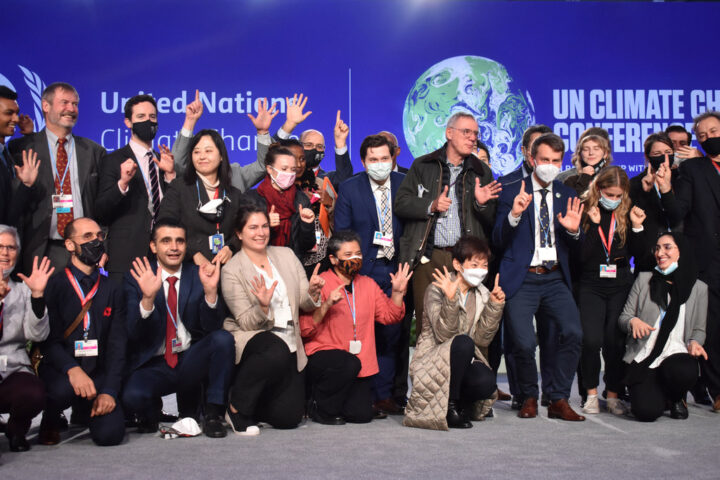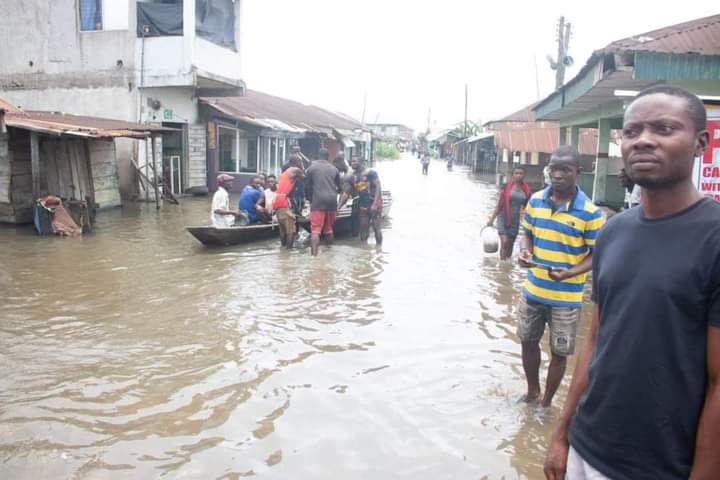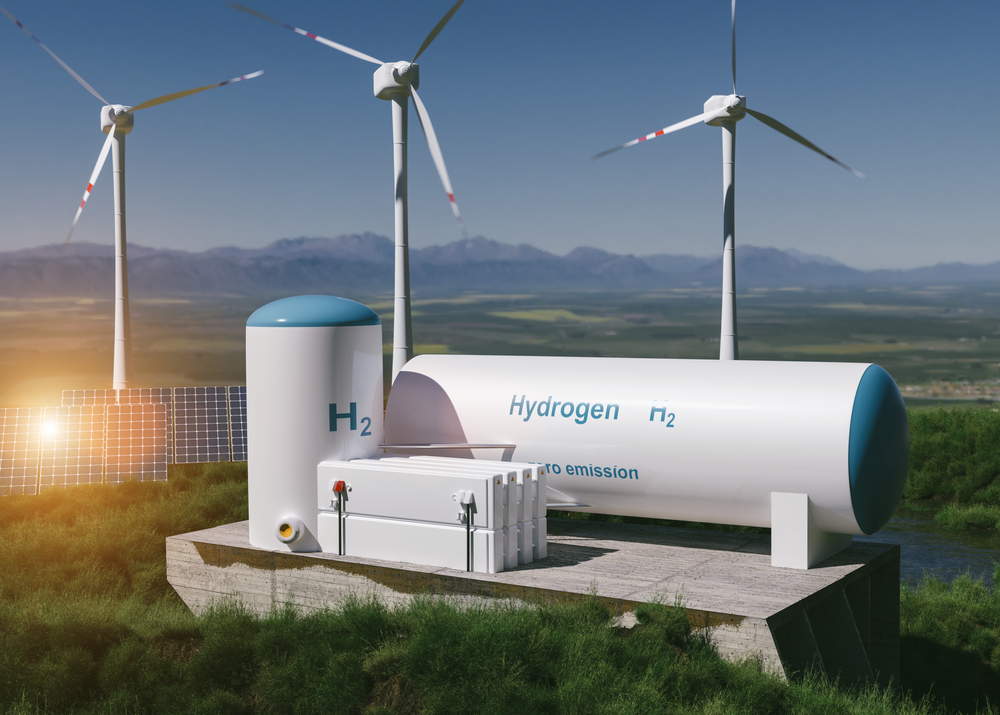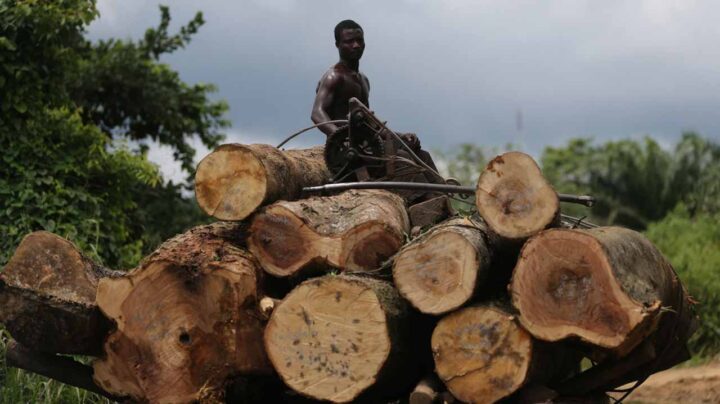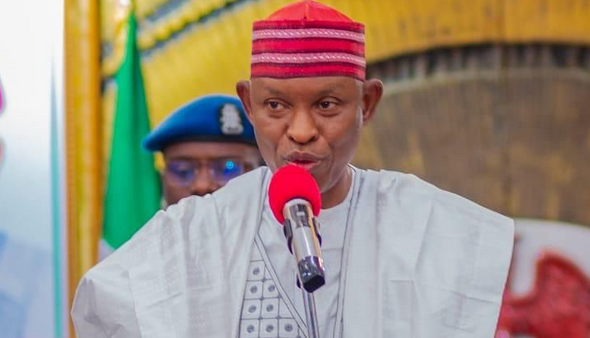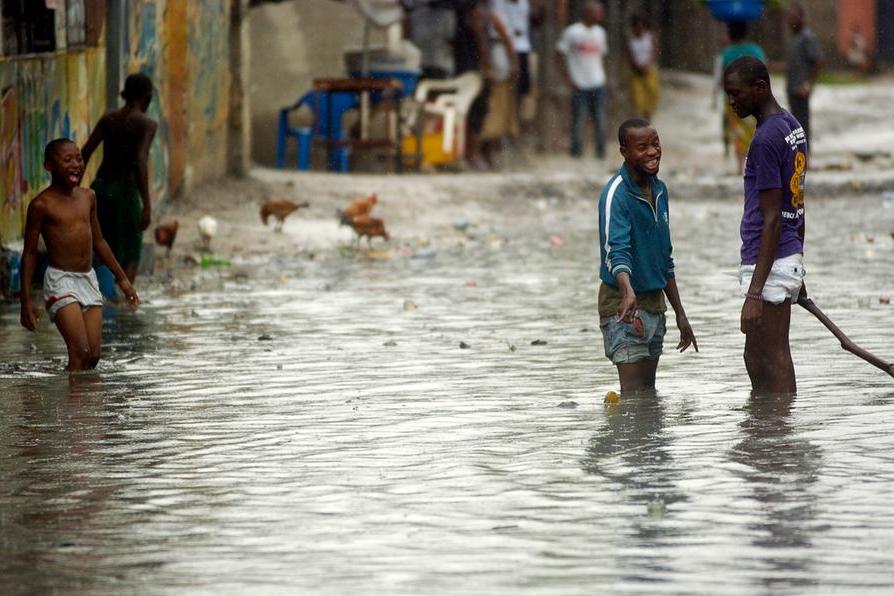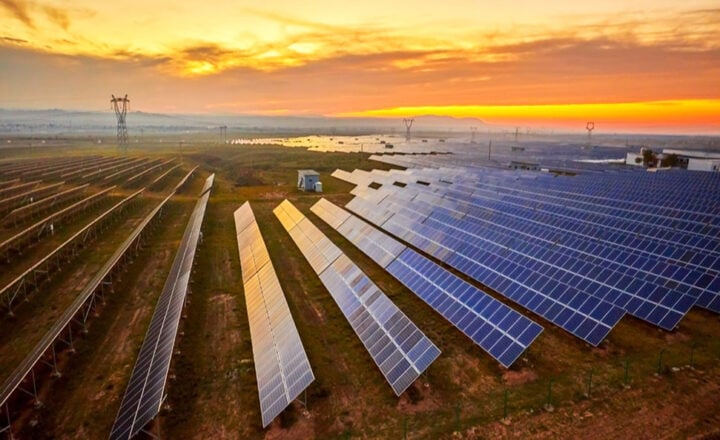As the world grapples with different degrees of the climate crisis – wildfires in America; heat waves in Europe, Asia, and North Africa; droughts and food insecurity in Sub-Saharan Africa – countries are gearing up to attend the global climate summit (COP28) in the United Arab Emirates in December with great concerns on how to tackle this burden of widespread disasters.
Speaking to the tone of events globally, Sultan Al Jaber, COP28 president, wrote a letter to parties last month calling for a collective global effort that transforms the world’s current course and drives solutions for climate action.
One of such turning point in climate action, Jaber says, is the global stocktake (GST) which is critical for this decade.
Jaber is not alone in his thoughts as Simon Stiell, executive secretary, United Nations Framework Convention on Climate Change (UNFCCC), echoed similar views during the Bonn climate change conference in June.
Advertisement
Stiell said the GST will provide the world with “the opportunity of a generation to correct the course we are on, to design a way forward to tackle climate change with fresh vigour and perspective”.
Stiell believes the GST “must be the turning point where we get on track to limiting warming to 1.5 degrees Celsius”.
But what is the GST and how is it critical for climate action?
Advertisement
WHAT IS GLOBAL STOCKTAKE
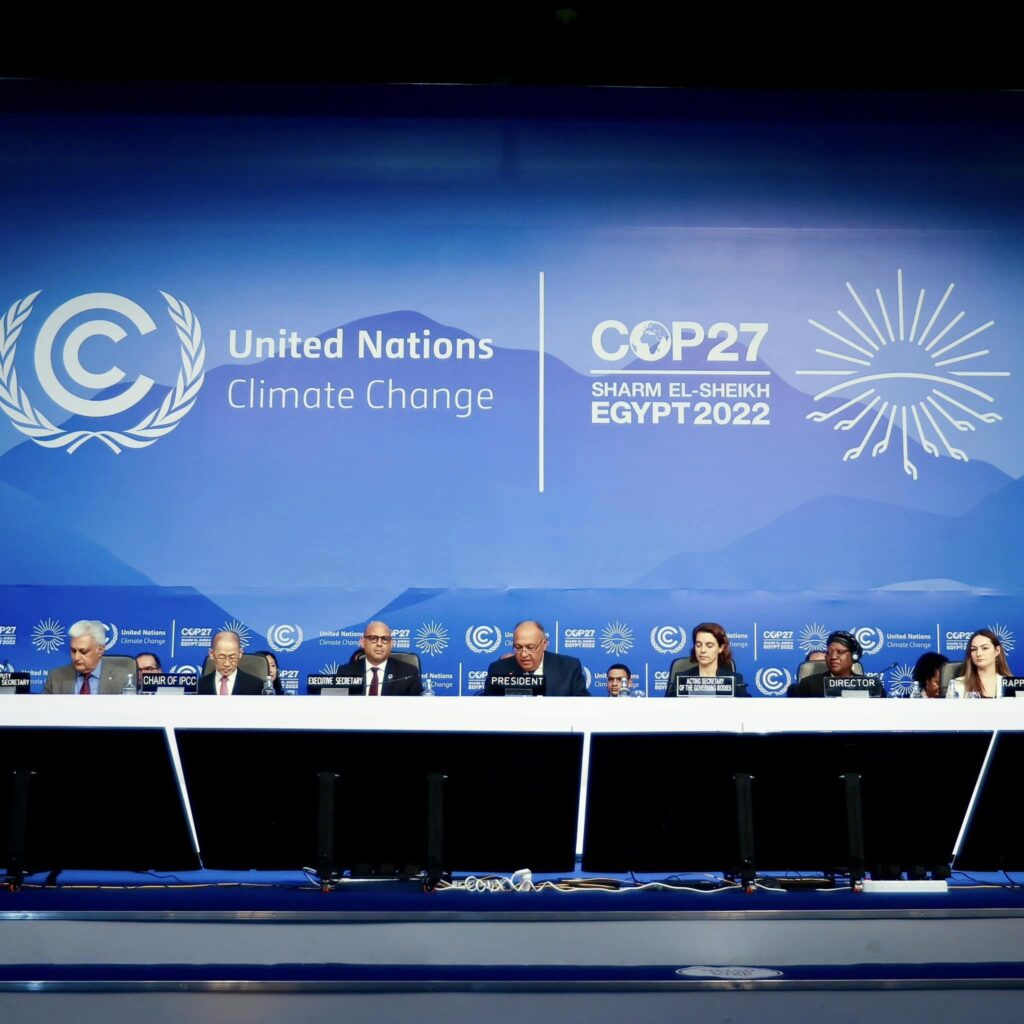
At COP28, delegates will consider Article 14 of the Paris Agreement which states: “The Conference of the Parties serving as the meeting of the Parties to this Agreement shall periodically take stock of the implementation of this [Paris] Agreement to assess the collective progress towards achieving the purpose of this Agreement and its long-term goals (referred to as the ‘global stocktake’).”
So, the GST is a provision under the Paris Agreement for a periodic review of how well global efforts are doing in achieving the purpose of the treaty.
This stocktake – happening for the first time since the Paris Agreement – aims to review the global response to the climate crisis and evaluate the world’s progress on cutting greenhouse gas emissions, mobilising finance to address the climate crisis and building resilience to climate impacts.
Advertisement
Designed to happen every five years, the GST is mandated to: recognise the adaptation efforts of developing country parties; enhance the implementation of adaptation action; review the adequacy and effectiveness of adaptation and support provided for adaptation; and review the overall progress made in achieving the global goal on adaptation, according to the treaty.
WHAT IS THE PROGRESS SO FAR?
The two-year assessment cycle began with data collection and technical assessment phases and is set to end with a political phase which will happen at COP28 in Dubai in December 2023.
According to UNFCCC, the three components of the GST process include information collection and preparation; technical assessment and consideration of outputs.
Advertisement
The first phase started at COP26 in Glasgow with submissions of country reports, synthesis reports on the nationally determined contributions (NDCs); state of emissions adaptation efforts and climate finance.
The technical assessment phase began in June 2022 at the Bonn Climate Change Conference. The second dialogue took place at COP27 in Egypt in November 2022; while the third and final technical dialogue took place last June at the Bonn Climate Change Conference.
Advertisement
The last phase, which is the consideration of outputs, started during this year’s June session in Bonn and will culminate at COP28 in December where the presentation of findings, discussion of implications and consideration of solutions will take place.
HOW IS THE GST NECESSARY FOR CLIMATE ACTION?
Advertisement
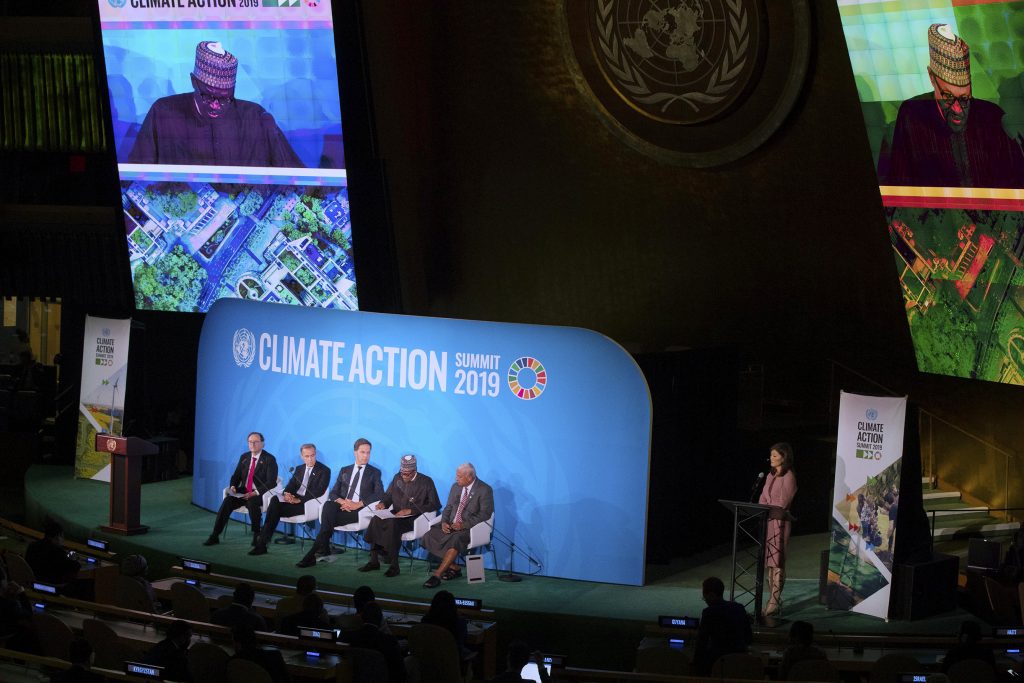
What the GST intends to do is raise climate action. The 2022 UN emissions gap report shows that the world is far from the Paris Agreement goal of limiting global warming to well below 2°C, preferably 1.5°C.
So, the GST is critical in showing countries where we are and where we need to go and the need for ramped-up efforts in tackling the climate crisis and also showcasing ways of doing that.
Advertisement
The GST goes beyond just another report by countries, it is a global assessment that will drive ambitious climate action that is required from parties and is pivotal to whether or not the world meets its 2030 goals.
According to Stiell, the GST is “an ambition exercise. It’s an accountability exercise. It’s an acceleration exercise. It’s an exercise that is intended to make sure every party is holding up their end of the bargain, knows where they need to go next and how rapidly they need to move to fulfil the goals of the Paris Agreement.”
In Bonn, country delegates, observers and experts discussed how to accelerate collective progress on mitigation, including response measures; adaptation; loss and damage; and means of implementation – climate finance, technology transfer, and capacity building – as well as barriers to action.
The UN said by September, the co-facilitators of the technical dialogue will publish a synthesis report that summarises the key findings of the three meetings of the dialogues. It will contain technical information, good practices and lessons learned to help Parties and non-Party stakeholders identify what to do to course-correct and achieve the Paris Agreement goals.
Add a comment
